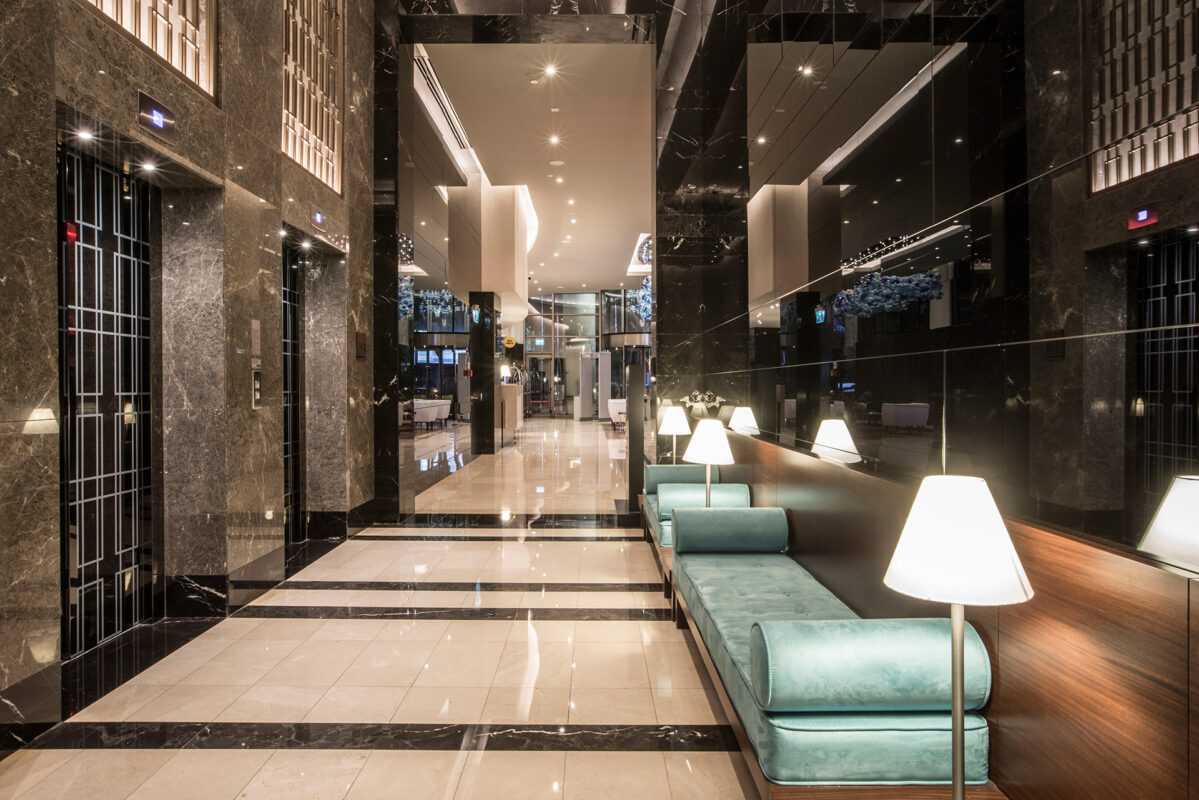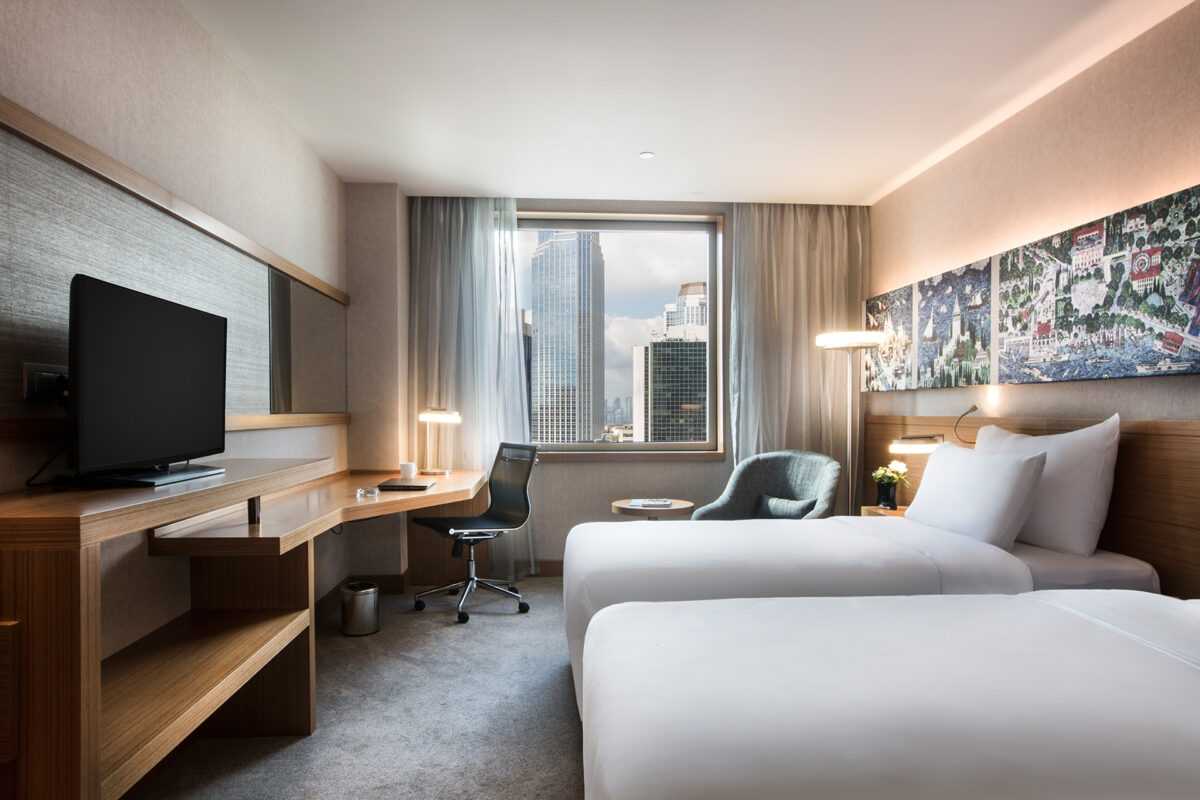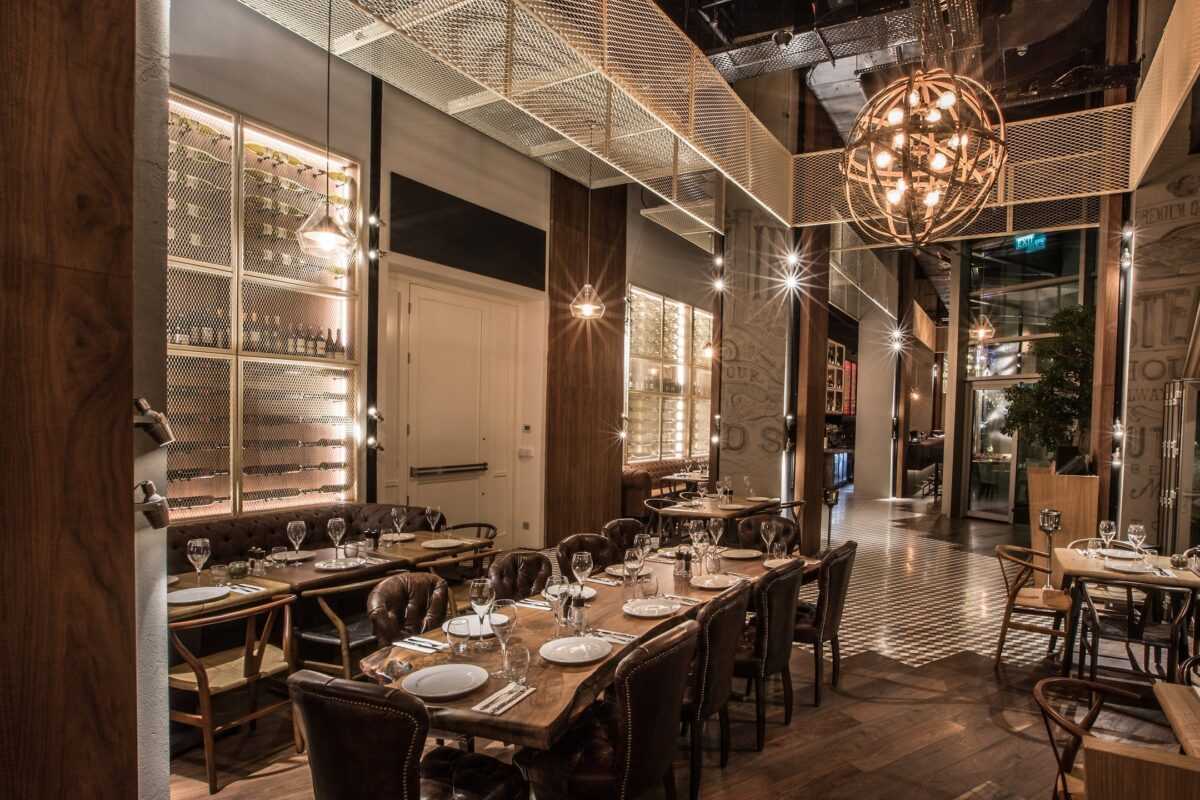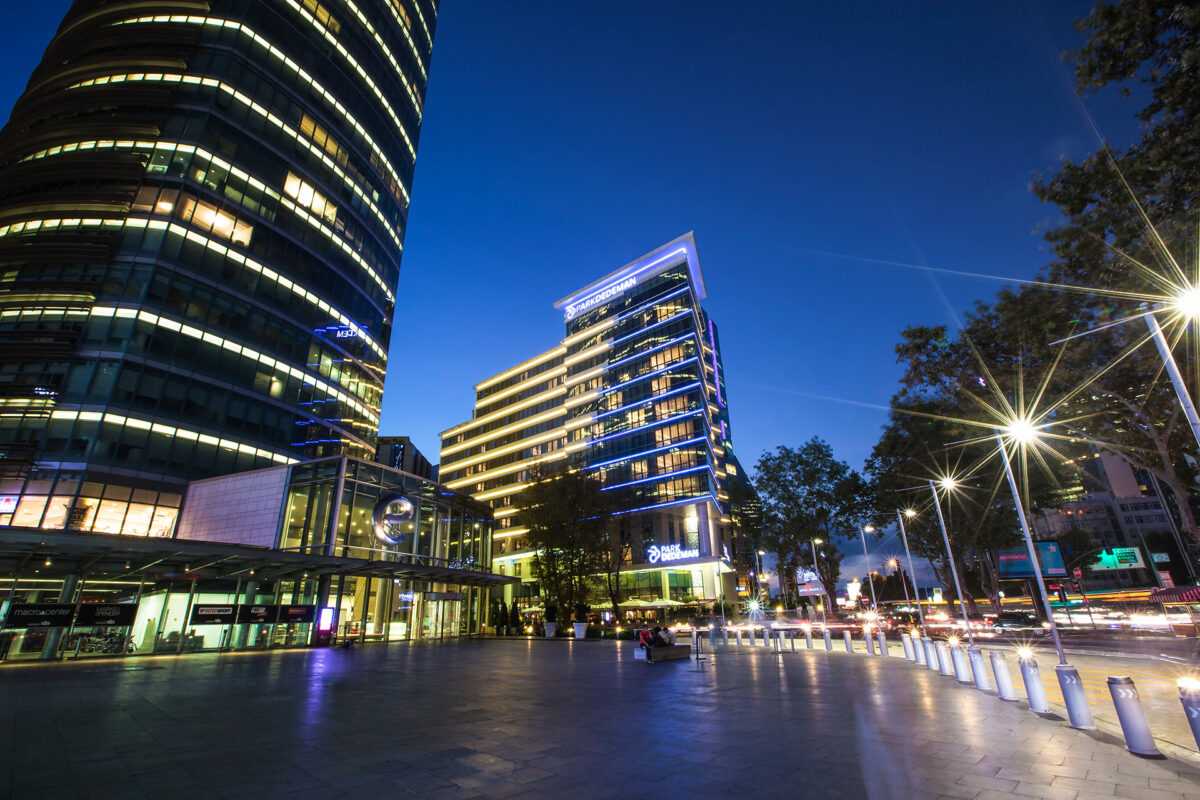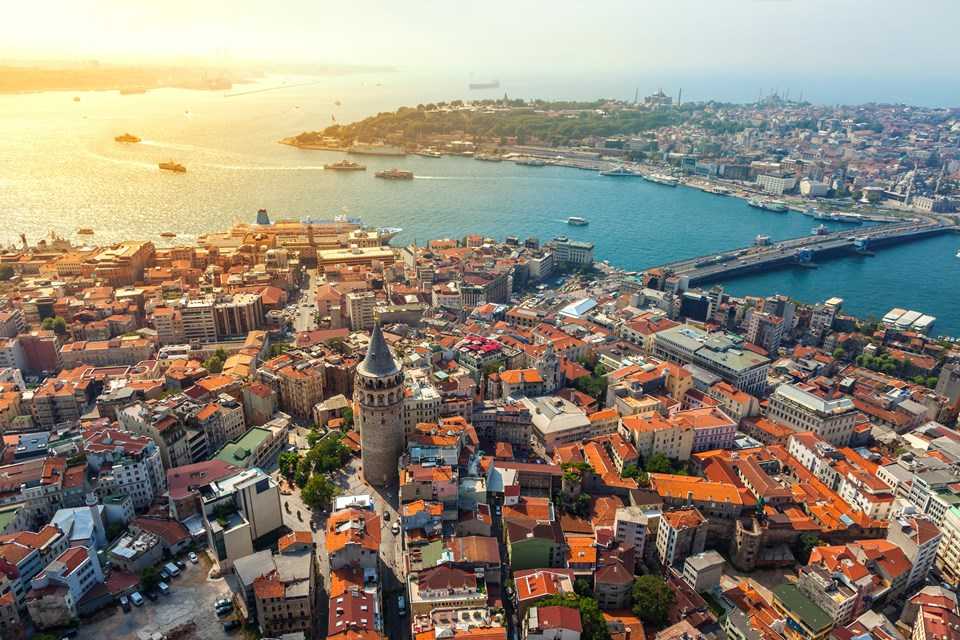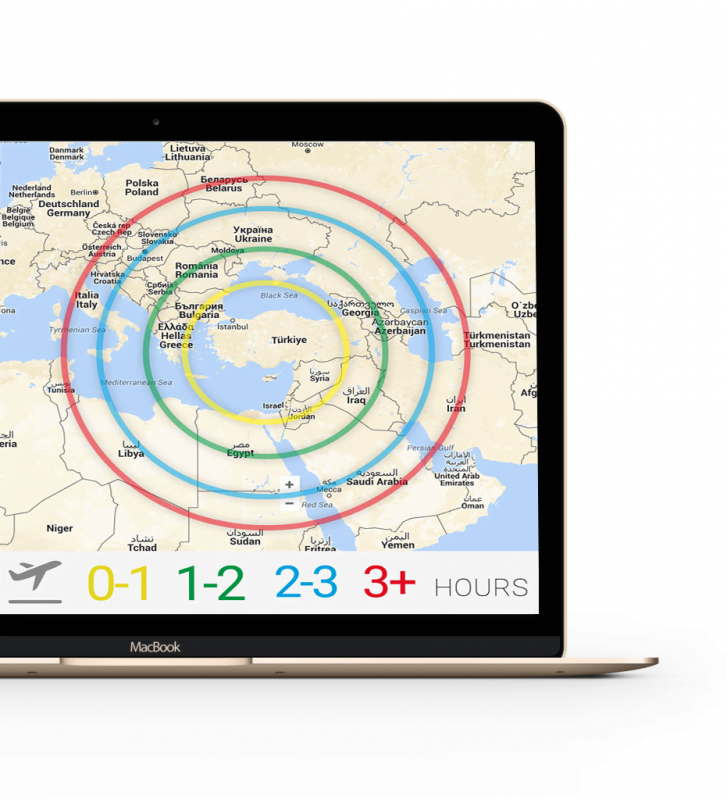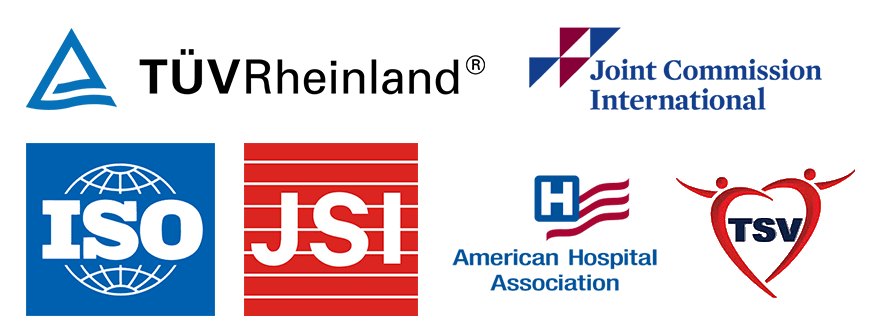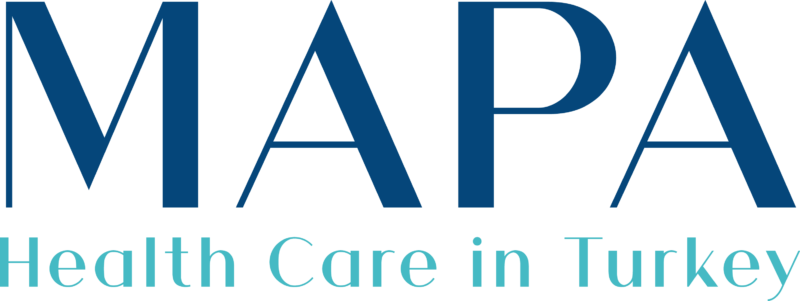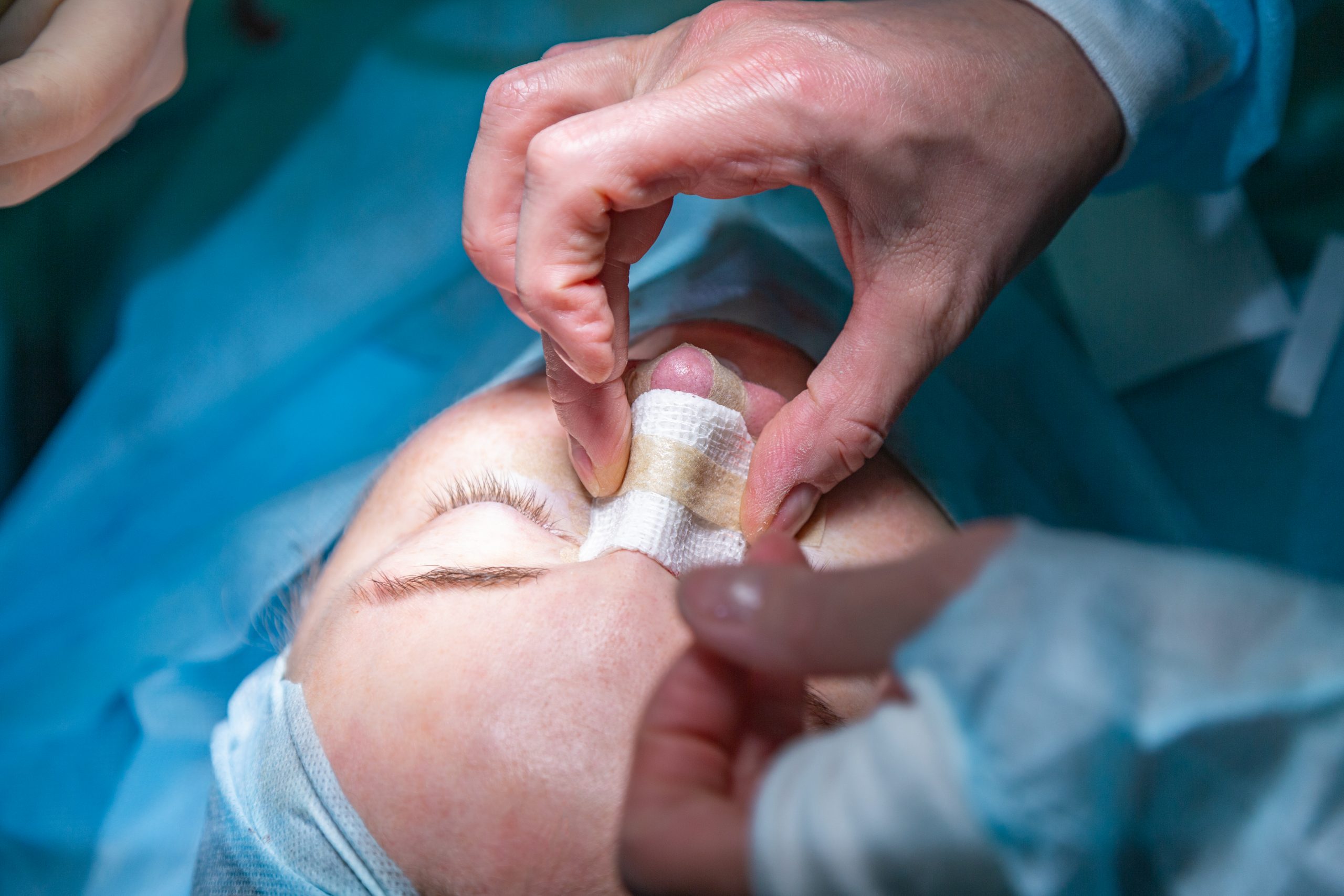
Rhinoplasty Turkey (Nose Job)
Rhinoplasty, which may be better known as a “nose job,” is one of the most popular cosmetic procedures available. Both non-surgical and surgical rhinoplasty procedures exist, with the aim of the nose-reshaping process either focusing on correcting an injury or birth defect, improving the patient’s breathing, purely cosmetic reasons to enhance the appearance of the nose, or a combination of similar reasons.
Rhinoplasty, according to the American Society of Plastic Surgeons, creates a new shape to a patient’s nose in proportion to their face. Rhinoplasty surgery can enhance the appearance of the nose size or shape by straightening a crooked nose, shaving nasal bones that create a bump on the nasal bridge, or by fixing the nasal tip. Rhinoplasty was the third most common plastic surgery procedure in 2017. According to the 2017 Plastic Surgery Statistics Report by the American Society of Plastic Surgeons, 218,927 nose reshaping surgeries were performed in 2017, which is slightly less than the 223,018 rhinoplasty surgeries performed in 2016.
The Many Different Types of Rhinoplasty
A nose job can create a new shape for a person’s nose or correct breathing problems by using many different methods. During certain rhinoplasties, the nose surgery is an actual invasive surgical procedure that corrects the functionality of the nose as well as the appearance. Other non-surgical methods of rhinoplasty are non-invasive and focus more on the aesthetics of the facial focal point.
In the following sections, you will learn about traditional nasal surgery options such as a septoplasty, which is cosmetic surgery often done in conjunction with a rhinoplasty to fix a deviated septum and help the patient breathe better by ridding them of any nasal obstruction discovered.
We will also cover the variety of additional advanced techniques that a facial plastic surgeon has in his or her arsenal these days. A plastic surgeon generally performs open rhinoplasty or closed rhinoplasty, with the open surgery featuring an incision in the soft tissue that separates the nostrils, while the closed surgery keeps all incisions contained inside the nose.
There is another option called endoscopic surgery, wherein a nasal endoscope helps the surgeon perform surgery entirely inside the nose without cutting the face or nose from the outside.
Advances in nose surgeries have helped reduce pain levels and have shortened recovery times. From ethnic nose jobs to revision rhinoplasty to fillers injected into the nasal bridge, rhinoplasty surgery offers many options, including non-surgical ways to update the look of the nose.
Open Rhinoplasty
Open rhinoplasty surgery is a surgical method that “opens” the nose in a broad way, giving the facial plastic surgeon open access to the nasal area. An incision is made underneath the nose in an inconspicuous location between the nostrils to help the surgeon expose the cartilage and nasal bone during nose surgery.
With open rhinoplasty, the flaps of nasal skin are lifted up and off the nose to help the surgeon work freely. Before the nose surgery, local anesthesia is injected into the incision site, as well as the nasal septum, the thin wall of nasal bone and cartilage that divides the nostrils. The surgeon then performs specific work on the nose based upon individual needs. Common reasons for rhinoplasty include nasal tip reshaping, straightening a deviated nasal bridge or nasal septum, removing a “dorsal hump”, and other nasal repairs.
A septoplasty is the preferred method of fixing a deviated septum, which occurs when the midline of the nasal septum “deviates” to one side and is off-center. Nasal tip improvements, meanwhile, can affect everything from the way the nose tip projects, lifts, falls or is shaped. Open rhinoplasty may also require a surgeon to shave down bumps on the nose bridge or break the nasal bones to restructure them.
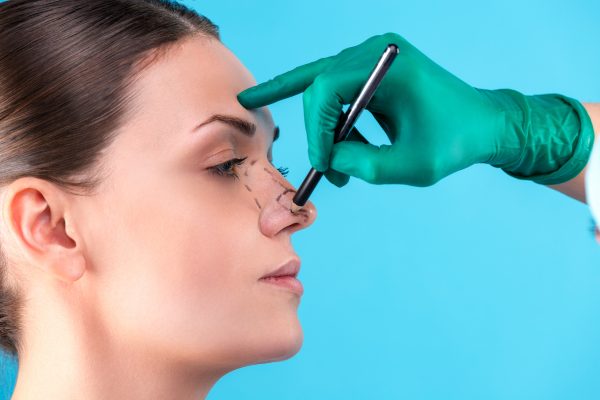
Closed Rhinoplasty
The surgical rhinoplasty known as closed rhinoplasty doesn’t leave scars that can be seen, because the incisions are made inside the nose as the nasal bone, cartilage, or septum is operated on. Usually, closed rhinoplasty results in less swelling after the procedure.
Closed rhinoplasty may also be called “finesse” or endonasal surgery because the surgeon works through the nostrils to correct issues within the nose. With closed rhinoplasty surgery, the surgeon makes cuts in the nostril lining that allows him or her to access the bone structure underneath in a manner that is not as invasive as open rhinoplasty. However, closed rhinoplasty surgery has limitations and requires the nasal skin to be stretched greatly, but places limits on how much the nasal tip and skin can be reshaped. Closed rhinoplasties are not recommended for patients looking to have a revision rhinoplasty.
Although closed rhinoplasty may come with the benefits of less post-surgery swelling and no visible scars, a closed rhinoplasty procedure usually produces results that aren’t as excellent as the open method of nasal surgery. That’s because, with open rhinoplasty, the surgeon is offered full exposure and visuals of the nose structure.
Endoscopic Rhinoplasty
The surgical rhinoplasty called endoscopic rhinoplasty involves the surgeon using an endoscope, which is a tube with a camera and light attached to it, that helps the surgeon see inside the nose as he or she works to correct the issue at hand.
Used in conjunction with the closed rhinoplasty surgery, endoscopic rhinoplasty is a cosmetic procedure that usually results in less swelling than an open rhinoplasty procedure. However, critics of the so-called 3D high definition endoscopic rhinoplasty question whether or not the technique provides better results than the open rhinoplasty procedure, or if the terminology is more marketing directed.
Patients should verify that their surgeons are certified by the American Board of Plastic Surgery and beware of those promoting new techniques that aren’t widely used. 3D high-definition endoscopic surgery can be used as a marketing ploy, which is why it is important to know that the plastic surgeon administrating this procedure is certifed. It should also be noted that improving the aesthetic nose shape generally works best when the nose is directly seen, not by viewing it through a remote camera.
Ethnic Rhinoplasty
Ethnic rhinoplasty is the name given to facial plastic surgery procedures whose aim is to provide a more “Western” look to the nose. Many times undergone by Asian Americans, African Americans, and those of Middle Eastern or Jewish heritage – or any other ethnic group that doesn’t always possess an overall slimmer and pointier “Western” nose appearance – ethnic rhinoplasty alters the facial features of the person seeking the surgery usually by changing the nose’s profile and making it narrower or lifted higher.
Such a procedure generally includes extracting cartilage from an individual’s ribcage or ear to build up the nasal bridge and help garner the additional nose height or the nasal projection desired. Plastic surgeons can use open rhinoplasty or closed rhinoplasty to perform ethnic rhinoplasty. Nearly 3,000 posts on Instagram are tagged with the #EthnicRhinoplasty label, some of which feature photos and videos displaying the results of the surgery.
Revision Rhinoplasty
Revision rhinoplasties are surgeries for patients who have already undergone at least one rhinoplasty procedure in the past and need the previous work revised or corrected via the open or closed method. As can be seen on TV shows like Botched, patients often seek a second or third or 19th chance to get the nose job results they have always wanted via revision rhinoplasty. There are thousands of nasal surgeries performed each year, with a portion of those being performed by facial plastic surgeons with discounted rates and disastrous results.
When a patient is not satisfied with the outcome of prior rhinoplasty surgery, they may be able to seek revision rhinoplasty to correct any asymmetry, continual breathing problems or the general look of their cosmetic surgery, if they are the right candidate for repeat rhinoplasty.
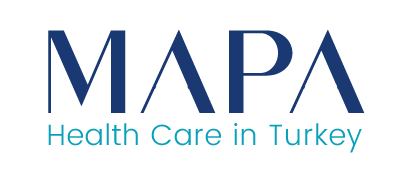

 Deutsch
Deutsch Français
Français
